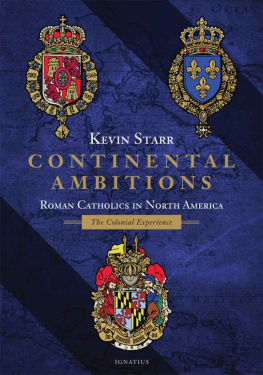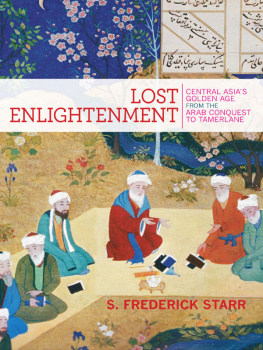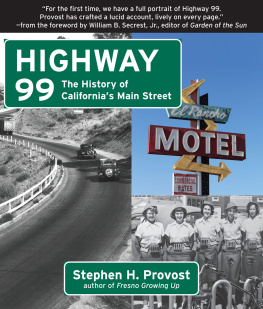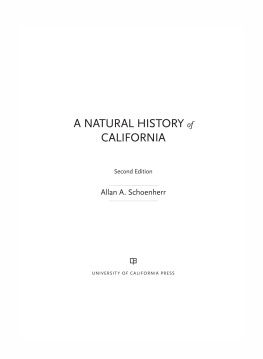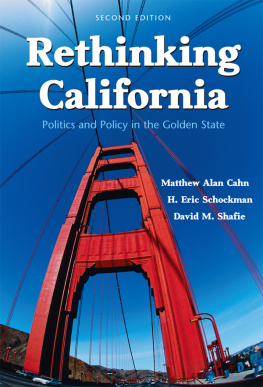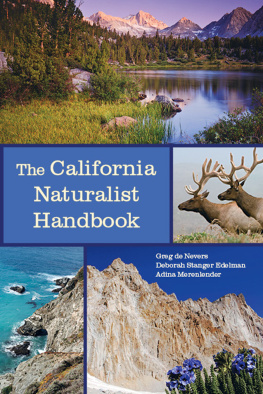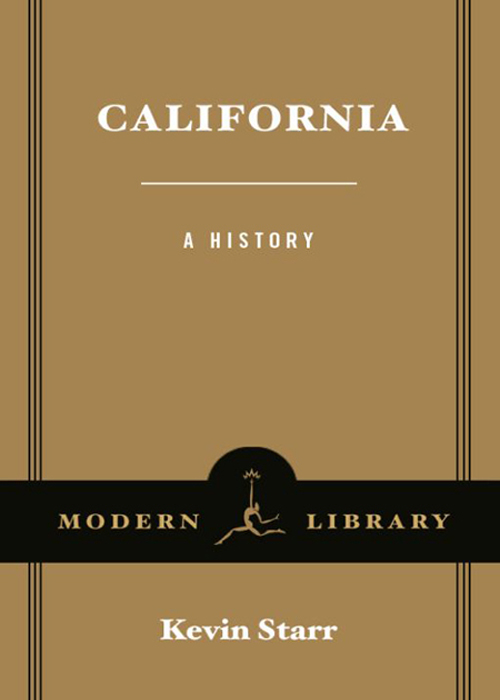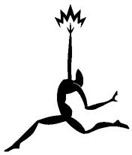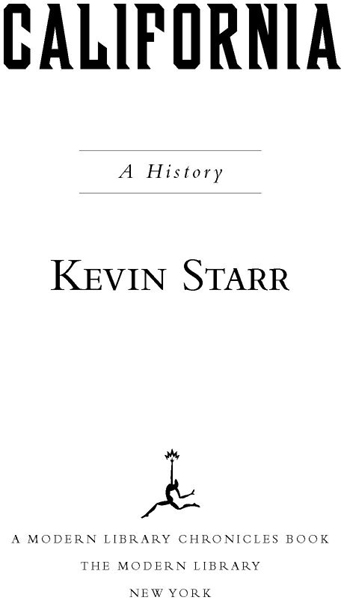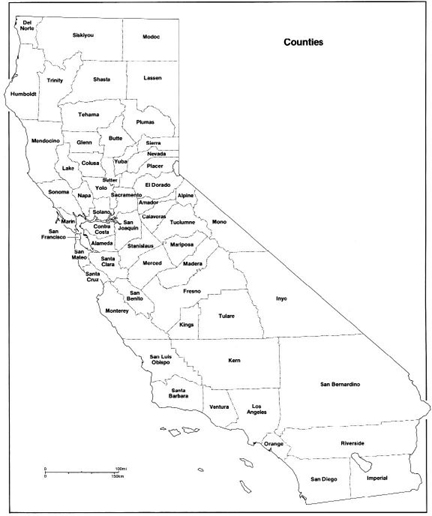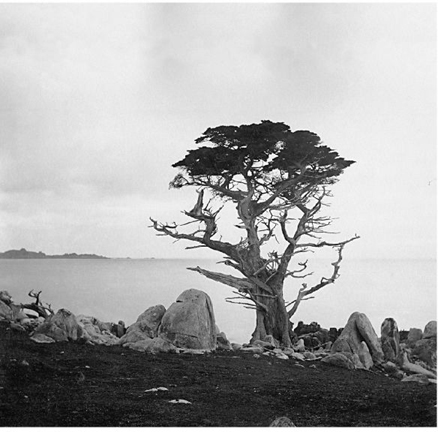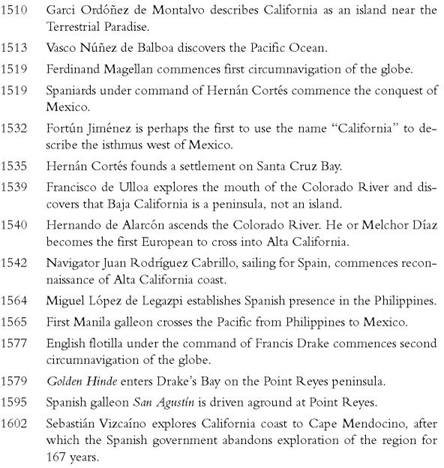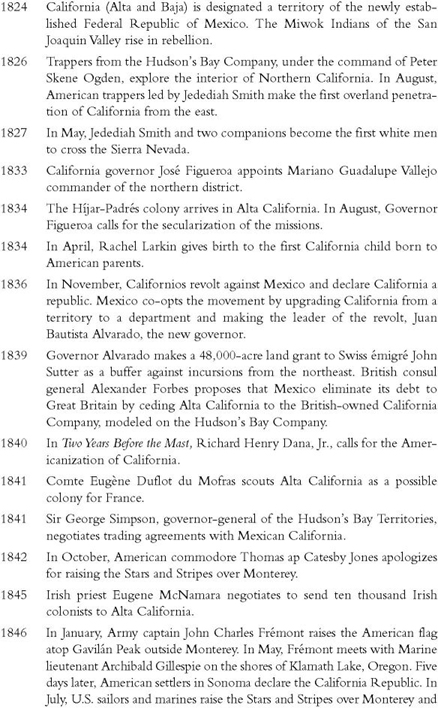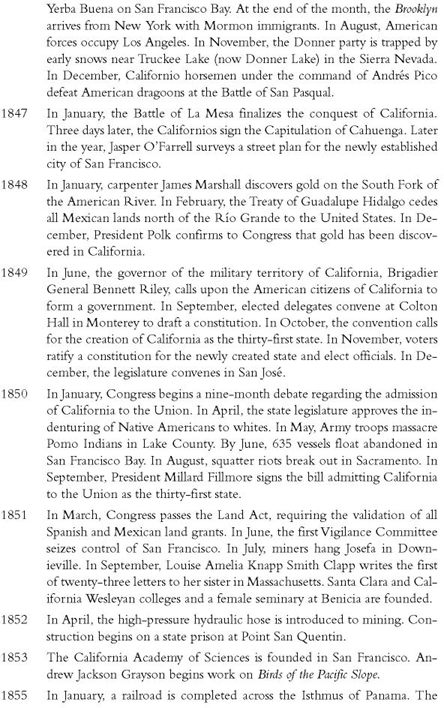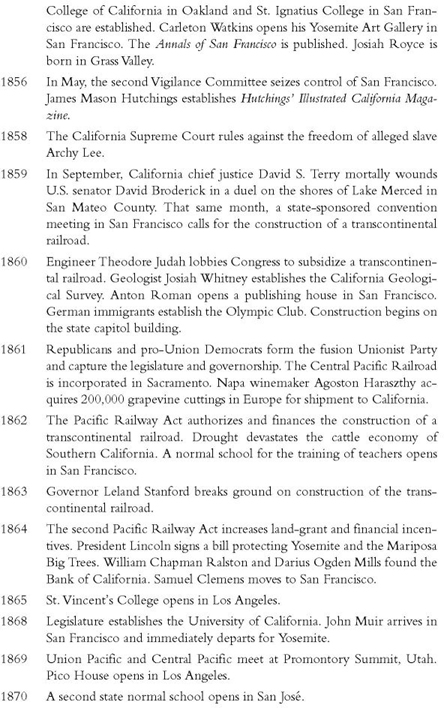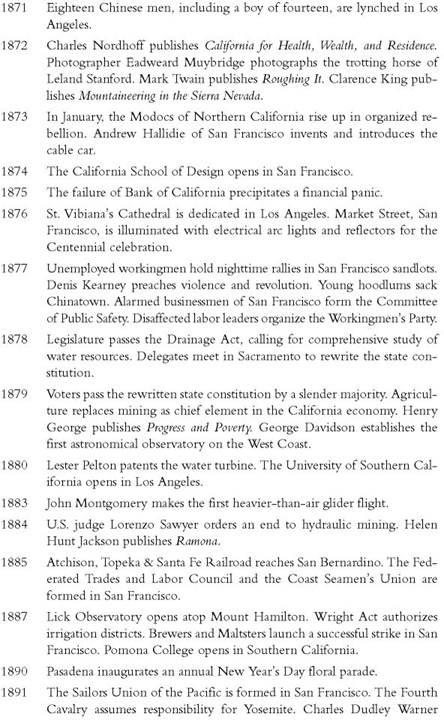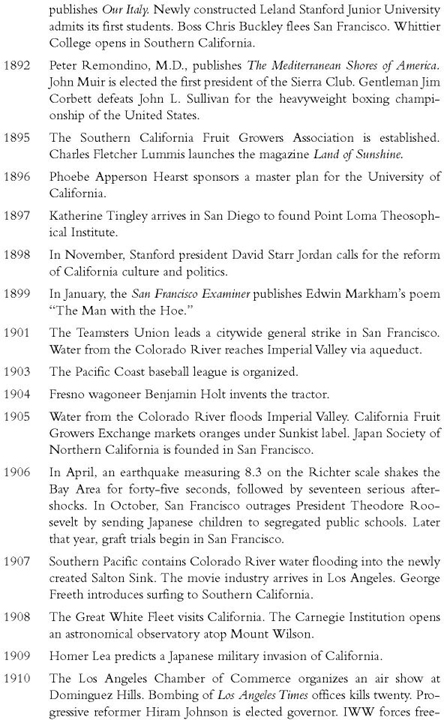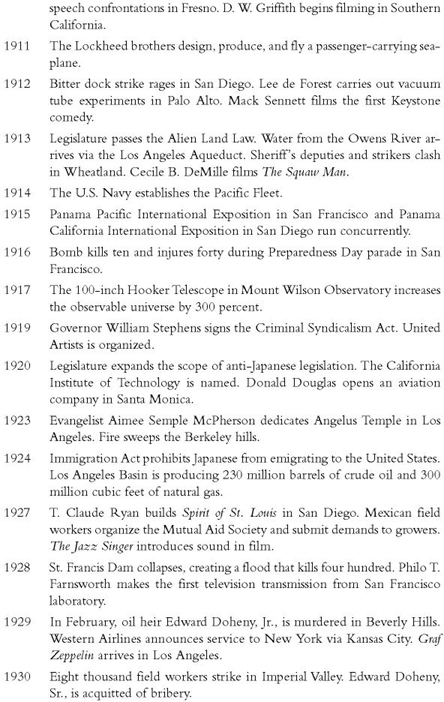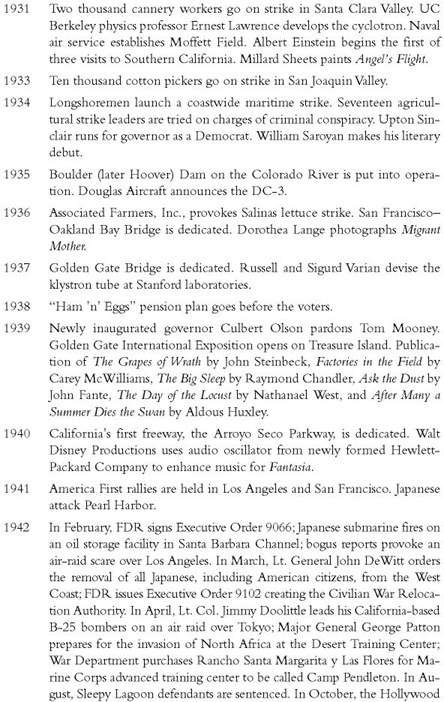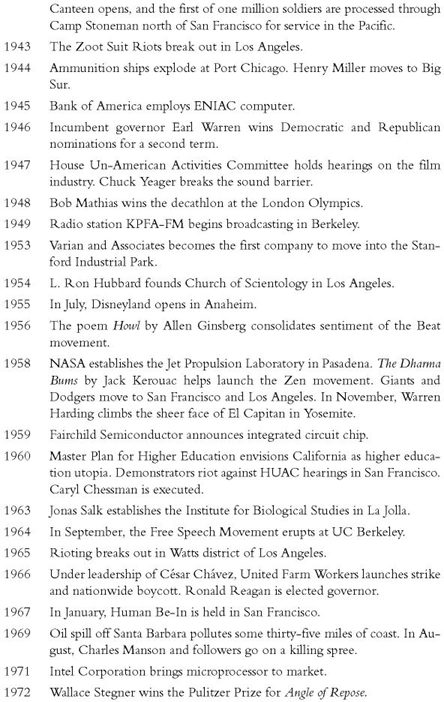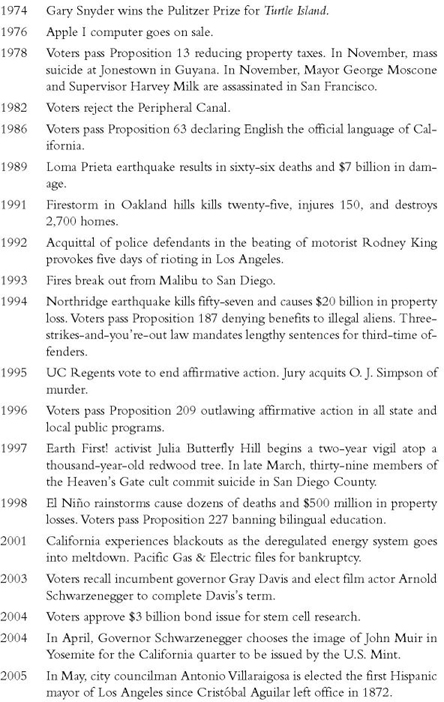Kevin Starr - California: A History
Here you can read online Kevin Starr - California: A History full text of the book (entire story) in english for free. Download pdf and epub, get meaning, cover and reviews about this ebook. year: 2007, publisher: Modern Library, genre: History. Description of the work, (preface) as well as reviews are available. Best literature library LitArk.com created for fans of good reading and offers a wide selection of genres:
Romance novel
Science fiction
Adventure
Detective
Science
History
Home and family
Prose
Art
Politics
Computer
Non-fiction
Religion
Business
Children
Humor
Choose a favorite category and find really read worthwhile books. Enjoy immersion in the world of imagination, feel the emotions of the characters or learn something new for yourself, make an fascinating discovery.

- Book:California: A History
- Author:
- Publisher:Modern Library
- Genre:
- Year:2007
- Rating:5 / 5
- Favourites:Add to favourites
- Your mark:
California: A History: summary, description and annotation
We offer to read an annotation, description, summary or preface (depends on what the author of the book "California: A History" wrote himself). If you haven't found the necessary information about the book — write in the comments, we will try to find it.
Arguing that Americas most populous state has always been blessed with both spectacular natural beauty and astonishing human diversity, Starr unfolds a rapid-fire epic of discovery, innovation, catastrophe, and triumph.
For generations, Californias native peoples basked in the abundance of a climate and topography eminently suited to human habitation. By the time the Spanish arrived in the early sixteenth century, there were scores of autonomous tribes were thriving in the region. Though conquest was rapid, nearly two centuries passed before Spain exerted control over upper California through the chain of missions that stand to this day.
The discovery of gold in January 1848 changed everything. With population increasing exponentially as get-rich-quick dreamers converged from all over the world, California reinvented itself overnight. Starr deftly traces the successive waves of innovation and calamity that have broken over the state since thenthe incredible wealth of the Big Four railroad tycoons and the devastating San Francisco earthquake of 1906; the emergence of Hollywood as the worlds entertainment capital and of Silicon Valley as the center of high-tech research and development; the heroic irrigation and transportation projects that have altered the face of the region; the role of labor, both organized and migrant, in key industries from agriculture to aerospace.
Kevin Starr has devoted his career to the history of his beloved state, but he has never lost his sense of wonder over Californias sheer abundance and peerless variety. This one-volume distillation of a lifetimes work gathers together everything that is most important, most fascinating, and most revealing about our greatest state.
From the Hardcover edition.
Kevin Starr: author's other books
Who wrote California: A History? Find out the surname, the name of the author of the book and a list of all author's works by series.

